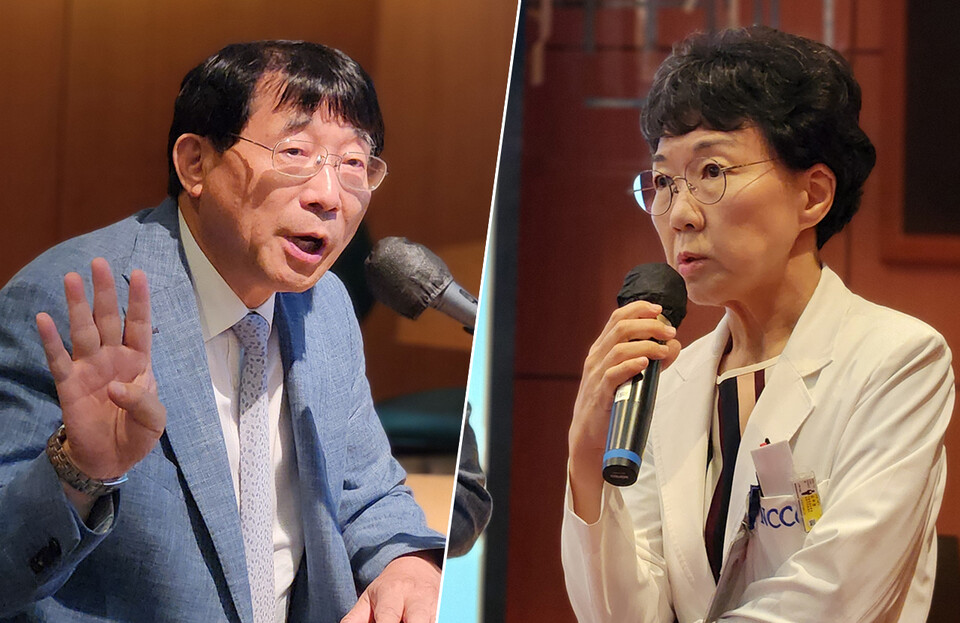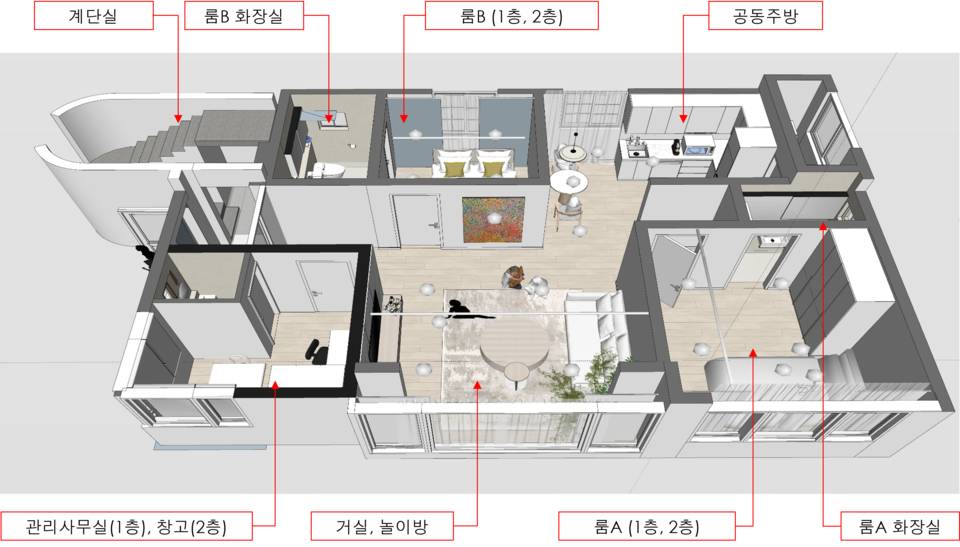RELATED Live.
- About us
- KIMA Members
-
KIMA Doctors
- All
- Anesthesiology
- artificial joint center
- Breast and Endocrine Surgery
- Breast cancer and thyroid cancer center
- Breast Surgery
- Cardiology
- Cardiothoracic Surgery
- Cerebrovascular Center
- Colorectal Surgery
- dental and maxillofacial surgery
- Dermatology
- Endocrinology
- Gastroenterology
- General Surgery
- Genito-Urology
- Hematology
- Hemato-oncology
- Infection Center
- Internal Medicine
- International Healthcare Center
- Korean Medicine
- liver center/Pancreas and billiary tract center
- Liver Transplantation
- Neurology
- Neurosurgery
- Obstetrics & Gynecology
- Ophthalmology
- Orthopedic
- Otorhinolaryngology
- Pediatric & Juvenile
- Pediatric Allergy and Respiratory Diseases
- Pediatric Gastroenterology
- Pediatric Neurology
- Pediatrics
- Physical Medicine & Rehabilitation
- Plastic & Reconstructive Surgery
- plastic surgery
- Pulmonology
- Radiation oncology
- Rheumatology
- Thyroid & Endocrine Surgery
- Urology
- Vascular Surgery
- KIMA News
- KIMA Live
- Community
KIMA NEWS

The National Cancer Center has established a 'shelter' for proton therapy for pediatric cancer patients from rural areas. This is a place where patients can stay free of charge with their guardians during the treatment period, which typically lasts about six weeks. When the National Cancer Center's '4P House (Place for Pediatric cancer Patients who need Proton Therapy House)' is completed in September, sick children and their guardians will no longer need to shuttle between small temporary housing units (goshiwons) or 'patient rooms.'
Currently, proton therapy equipment is only installed at the National Cancer Center and Samsung Seoul Hospital, so cancer patients from rural areas must come to the metropolitan area for proton therapy. Pediatric cancer patients, in particular, must receive treatment for 5 minutes daily over six weeks. Guardians must accompany them each time, necessitating the search for accommodation during treatment. The costs are not insignificant. Over the past ten years, 55% of patients receiving proton therapy at the National Cancer Center were from rural areas.
In response, the National Cancer Center decided to establish the 4P House and purchased a nearby two-story building. The total floor area is 209.98㎡ (66.7 pyeong), within walking distance of the National Cancer Center. The building purchase and remodeling cost about 800 million won. All expenses came from the National Cancer Center Development Fund without government support. Even after completion, about 50 million won per year will be needed for maintenance costs, but related expenses cannot be charged to patients. The National Cancer Center plans to collaborate with the Korean Pediatric Leukemia Foundation to allow pediatric cancer patients from rural areas for proton therapy to use the 4P House free of charge.

Professor Kim Ju-young of the National Cancer Center's Proton Therapy Center (Department of Radiation Oncology) pointed out at a press conference on the 16th, "Pediatric care is complicated. It requires too much workforce. Doctors are just one part of that workforce. While proton therapy is covered by health insurance, reducing the burden of medical expenses, other resources, and environmental factors are not considered." Professor Kim requested the establishment of a shelter fund from the National Cancer Center Development Foundation in August 2022. Subsequently, a fundraising campaign for the shelter project was also conducted.
"Overseas, when patients come from far away for radiation therapy, the availability of nearby accommodation is considered important for patient safety," said Professor Kim. "This should be approached as a crucial factor for patient safety, not just social consideration. A system that considers the psychological and emotional stability of pediatric cancer patients should also be established."
Dr. Seo Hong-gwan, Director of the National Cancer Center, expressed regret that while a public medical institution should do this, it is pushed back in the priority of government budget support.
"The National Cancer Center is a government-affiliated institution. Unlike private hospitals, we can allocate many beds for hospice and palliative care. Private hospitals can't allocate beds because they would inevitably incur losses," said Director Seo. "Even when we take measures to fulfill our role as a public medical institution, we must take responsibility if we incur a deficit. The government does not compensate for it."
"The Ministry of Economy and Finance prioritizes economic efficiency when allocating budgets. As a result, our budget requests often go unreflected," Director Seo added. "Nevertheless, we believe it's our role to raise awareness about the need for shelters for pediatric cancer patients and similar initiatives."
Inquiry